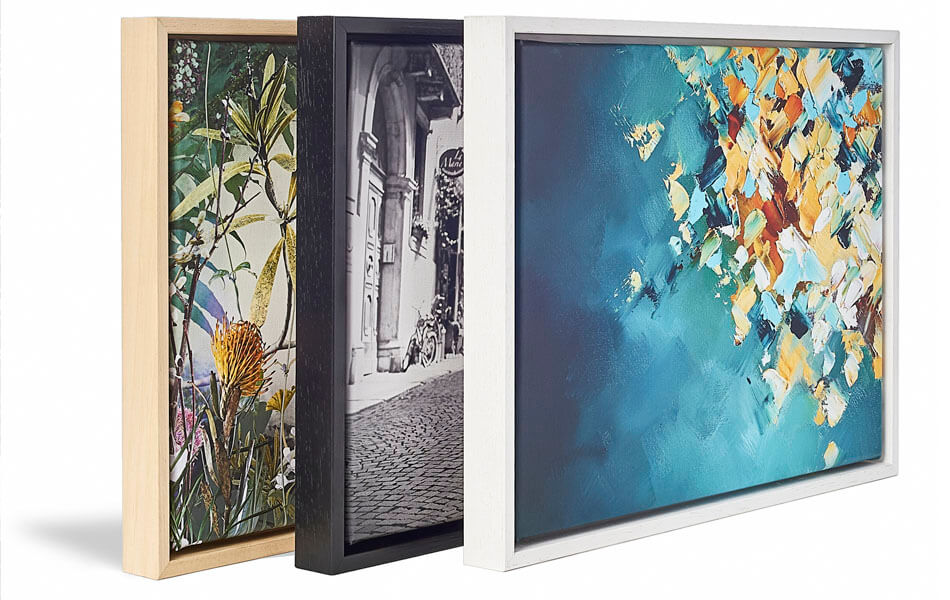Buy the photo Winter night at the Brandenburg Gate by Silva Wischeropp on canvas, ArtFrame, poster and wallpaper, printed on demand in high quality.
About "Winter night at the Brandenburg Gate"
by Silva Wischeropp
About the artwork
Long exposure at night on a winter's night at the Brandenburg Gate in East Berlin.
The Brandenburg Gate is a must-see for every visitor to Berlin. Hardly any other sight is in as many tourist selfies as the large sandstone gate in the heart of the city.
The Brandenburg Gate is one of the most important sights in Berlin. It plays a correspondingly large role on city tours and during events such as New Year's Eve or the "Festival of Lights". The gate was once a memorial to division, as it was located in the restricted area after the Berlin Wall was built and could not be visited by people from either the East or the West. After reunification, the gate became a symbol of German unity.
The gate as a symbol of unity
Over the course of history, the Brandenburg Gate has acquired special symbolic power. When the Wall was built in August 1961, the structure led a lonely existence, as it was now in a restricted area and could not be visited or walked through by people from either the East or the West. With the fall of the Wall in 1989, the Brandenburg Gate became a symbol of reunification. On 22 December 1989, the gate was opened to the cheers of more than 100,000 people. However, the Quadriga was so badly damaged by the reunification celebrations, especially on New Year's Eve 1989/90, that it had to be restored two years later.
The Brandenburg Gate is located on Pariser Platz in the centre of Berlin, which is one of the city's most beautiful squares.
The boulevard Unter den Linden leads directly to the square, which is lined with numerous buildings worth seeing. Visitors will find the Hotel Adlon Kempinski, the Academy of Arts and the US Embassy as well as cafés that invite you to linger.

About Silva Wischeropp
"For me, photography feels like really capturing the moment - like a kind of alchemy where time is physically captured."
Silva Wischeropp was born in the Hanseatic city of Wismar in the former GDR. Today she lives and works in Berlin. As a passionate travel..
Read more…
 Netherlands
Netherlands Ordered in December 2017
Ordered in December 2017
 Netherlands
Netherlands Ordered in December 2017
Ordered in December 2017
 Germany
Germany Ordered in November 2019
Ordered in November 2019
 Germany
Germany Ordered in October 2020
Ordered in October 2020
 Netherlands
Netherlands Ordered in August 2024
Ordered in August 2024
 Netherlands
Netherlands Ordered in August 2019
Ordered in August 2019
 Netherlands
Netherlands Ordered in June 2019
Ordered in June 2019
 Germany
Germany Ordered in May 2025
Ordered in May 2025
 Germany
Germany Ordered in June 2023
Ordered in June 2023
 Germany
Germany Ordered in May 2021
Ordered in May 2021
 Netherlands
Netherlands Ordered in April 2018
Ordered in April 2018
 Germany
Germany Ordered in July 2022
Ordered in July 2022
About the material
ArtFrame™
Interchangeable Art Prints
- High-quality print
- Easily interchangeable
- Acoustic function
- Large sizes available
Discover the artworks of Silva Wischeropp
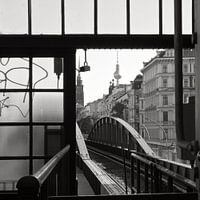 Underground station of the U2 line - special train to PankowSilva Wischeropp
Underground station of the U2 line - special train to PankowSilva Wischeropp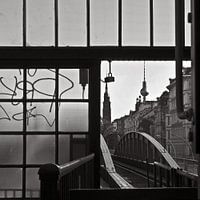 Berlin underground station Eberswalder Strasse of line U2Silva Wischeropp
Berlin underground station Eberswalder Strasse of line U2Silva Wischeropp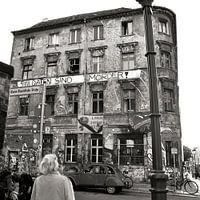 Old, squatted house in the Scheunenviertel district of Berlin-MitteSilva Wischeropp
Old, squatted house in the Scheunenviertel district of Berlin-MitteSilva Wischeropp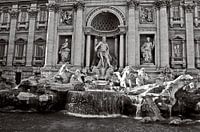 The Trevi Fountain - Fontana di TREVI in RomeSilva Wischeropp
The Trevi Fountain - Fontana di TREVI in RomeSilva Wischeropp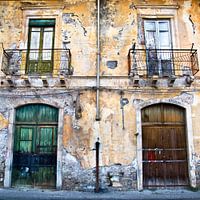 Mysterious, Sicilian facadeSilva Wischeropp
Mysterious, Sicilian facadeSilva Wischeropp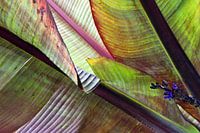 Banana leaves in the warm autumn lightSilva Wischeropp
Banana leaves in the warm autumn lightSilva Wischeropp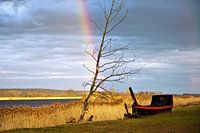 Magical rainbow at the OderbruchSilva Wischeropp
Magical rainbow at the OderbruchSilva Wischeropp Magic Sicilian Sea SoundSilva Wischeropp
Magic Sicilian Sea SoundSilva Wischeropp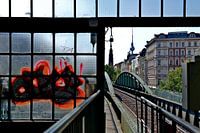 Popular underground station on the U2 line on Eberswalde StrasseSilva Wischeropp
Popular underground station on the U2 line on Eberswalde StrasseSilva Wischeropp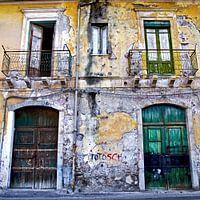 Once upon a time in Taormina on the island of SicilySilva Wischeropp
Once upon a time in Taormina on the island of SicilySilva Wischeropp Fantastic view of the Dordogne valley from the Bastide DommeSilva Wischeropp
Fantastic view of the Dordogne valley from the Bastide DommeSilva Wischeropp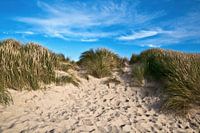 Imaginative sand dunes at Henne Strand in JutlandSilva Wischeropp
Imaginative sand dunes at Henne Strand in JutlandSilva Wischeropp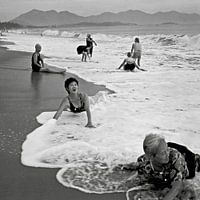 Women bathing on the beach at Nha Trang in VietnamSilva Wischeropp
Women bathing on the beach at Nha Trang in VietnamSilva Wischeropp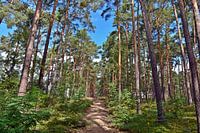 Summer morning walk through the pine forestSilva Wischeropp
Summer morning walk through the pine forestSilva Wischeropp The proud elegance of the pines in the sunlightSilva Wischeropp
The proud elegance of the pines in the sunlightSilva Wischeropp Night panorama with the Bridge of Angels and St Peter's Basilica in RomeSilva Wischeropp
Night panorama with the Bridge of Angels and St Peter's Basilica in RomeSilva Wischeropp Paradise Isola Bella on the east coast of SicilySilva Wischeropp
Paradise Isola Bella on the east coast of SicilySilva Wischeropp Turquoise blue tracks on the dune on the Baltic Sea beachSilva Wischeropp
Turquoise blue tracks on the dune on the Baltic Sea beachSilva Wischeropp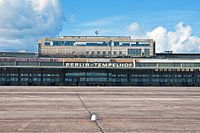 Abandoned former Berlin-Tempelhof AirportSilva Wischeropp
Abandoned former Berlin-Tempelhof AirportSilva Wischeropp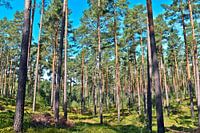 Summer morning in the magical pine forestSilva Wischeropp
Summer morning in the magical pine forestSilva Wischeropp
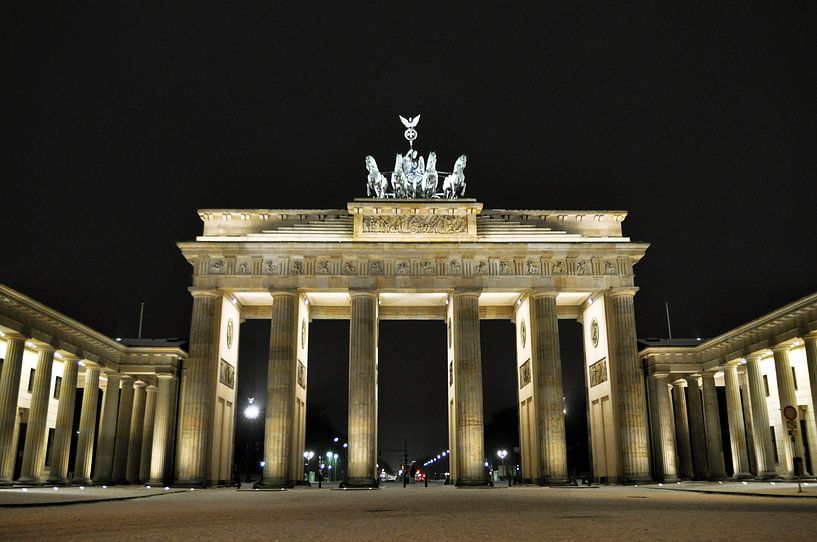
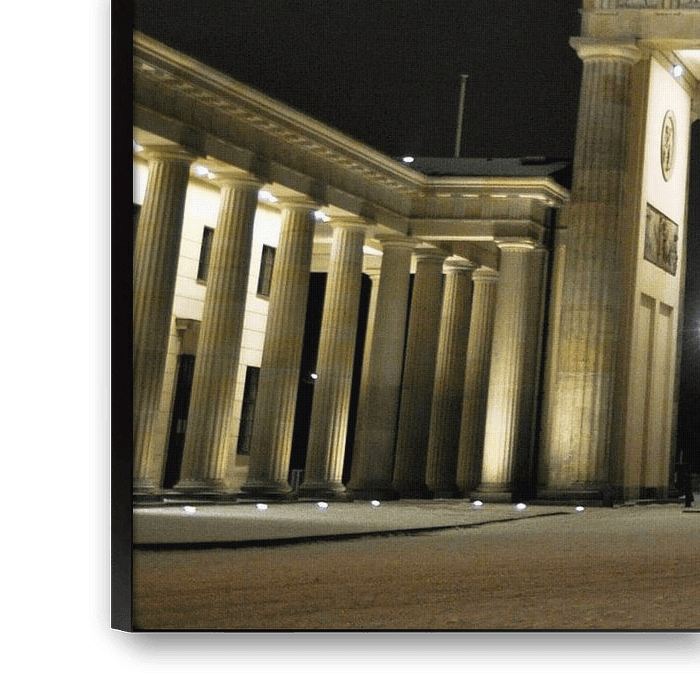
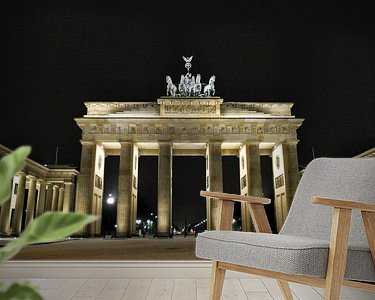
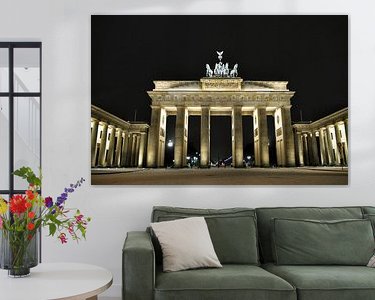



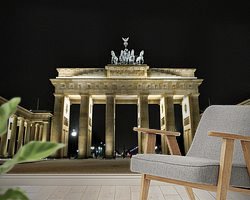

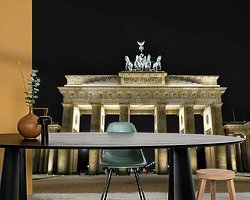
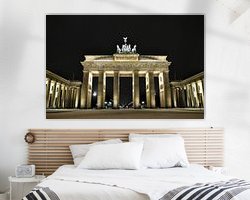
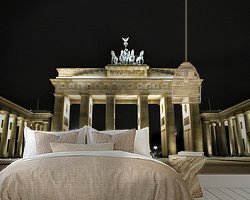

 Architecture
Architecture Berlin
Berlin Berlin Wall
Berlin Wall Brandenburger Tor
Brandenburger Tor East Berlin
East Berlin Photo wallpaper
Photo wallpaper Photography
Photography Powerful Expression
Powerful Expression Serene Peace
Serene Peace Winter
Winter


